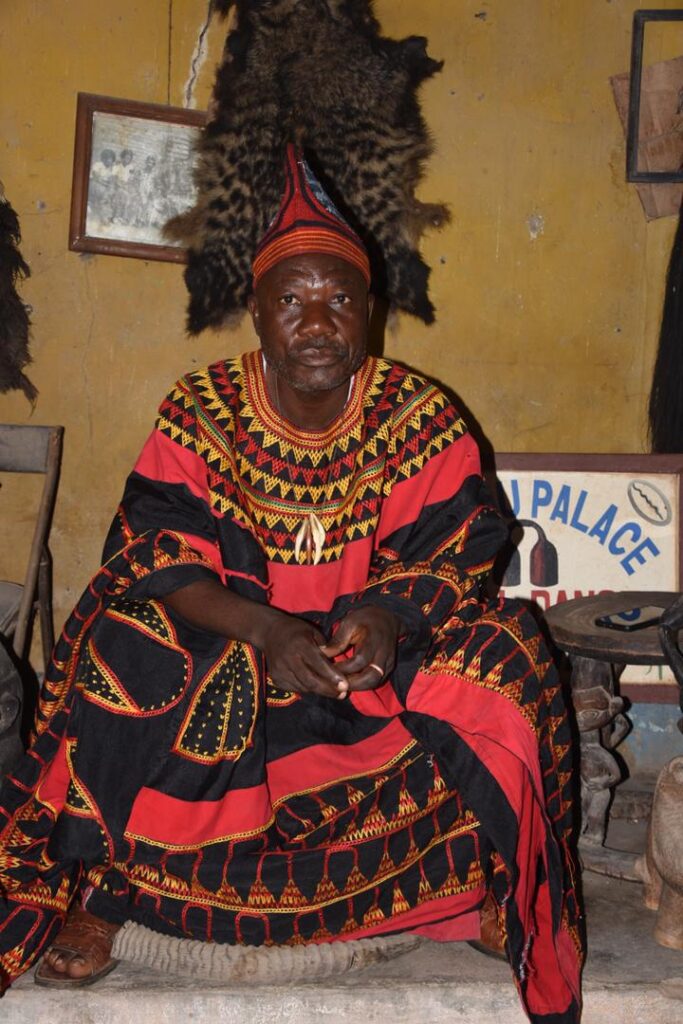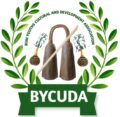
HRH. FON KIMBI
Mbamlu Fondom
Brief History
The term “Mbamlu,” originating from the Mbamlu dialect, signifies a community emerging directly from the ground, suggesting a mysterious and enigmatic origin story devoid of migration. Mbamlu stands as one of the Fondoms within the Bum subdivision (Fonfuka Municipality) in the Boyo Division of the Northwest Region of Cameroon. The 1961 gazette outlines the Fondoms comprising the Bum tribe, including Laka Bum, Mbamlu, Saff, Sawi, and Mungong, with Mbamlu recognized as the earliest settlers on Bum land. Comprised of four clans—Wokifako, Wongwangha, Woyako, and Wofumngbang—the Fon hails from the Wo Kifako clan, marking a community where familial lineage has gradually dissolved, fostering interclan marriages. Notably, the migration of the Fio or Sho people from Nkulaji- Nkambe, residing alongside the Mbamlu and later relocating, adds to the community’s rich tapestry.
Despite the amalgamation of Fondoms, Mbamlu retains its distinct langauge, akin to that of Mungong, albeit in decline due to evolving linguistic practices within Bum. Renowned for hospitality and generosity, Mbamlu welcomes strangers and allocates land for settlement due to its expansive territories and sparse population. Bound by natural landmarks such as rivers and streams, Mbamlu shares borders with neighboring Fondoms like Laka Bum, Mungong, Mchia, Saff, Sawi, and Subum, delineating its geographical boundaries. Notably, historical conflicts with Mungong and Nkamchi over Fonfuka established Mbamlu’s authority, reflected in its jurisdiction over the Kimbi River. Mbamlu’s generosity extends to neighboring communities, evidenced by land grants to Laka Bum and Mbuk, along with ecclesiastical allocations to Songka and Ngin village. Despite a treaty between Mbamlu and the Alung tribe to maintain peace, tensions arose as Alung expanded its territory, prompting diplomatic intervention.
The migration of the Alung tribe into Bum, the last recorded migration, traces its roots to Mbiripbo (Mbwat), with subsequent settlements in Nkor, Djottin, Ilung, in Kom, Ngunabum, Sawi, and finally, Lakabum. Known for their martial prowess, Alung’s conquests led to the subjugation of tribes like Mungong, shaping Bum’s socio-political landscape. Amidst conquests and alliances, Mbamlu’s rich cultural heritage endures, with remnants of its unique dialect preserved by the Sho people. While linguistic shifts within Bum persist, Mbamlu’s lhegacy as the pioneering Fondom in Bum remains steadfast, defining its cultural and historical significance within the region. (Kimbi, 2024).
Genealogy of Kings
Socio-economic life
Mbamlu has a population of over 8000 inhabitants and their main economic activities are farming, fishing, livestock rearing and arts work.
Touristic Potentials
Caves, rocks, underground water, hills, forests, and lugan in wolifubang.
